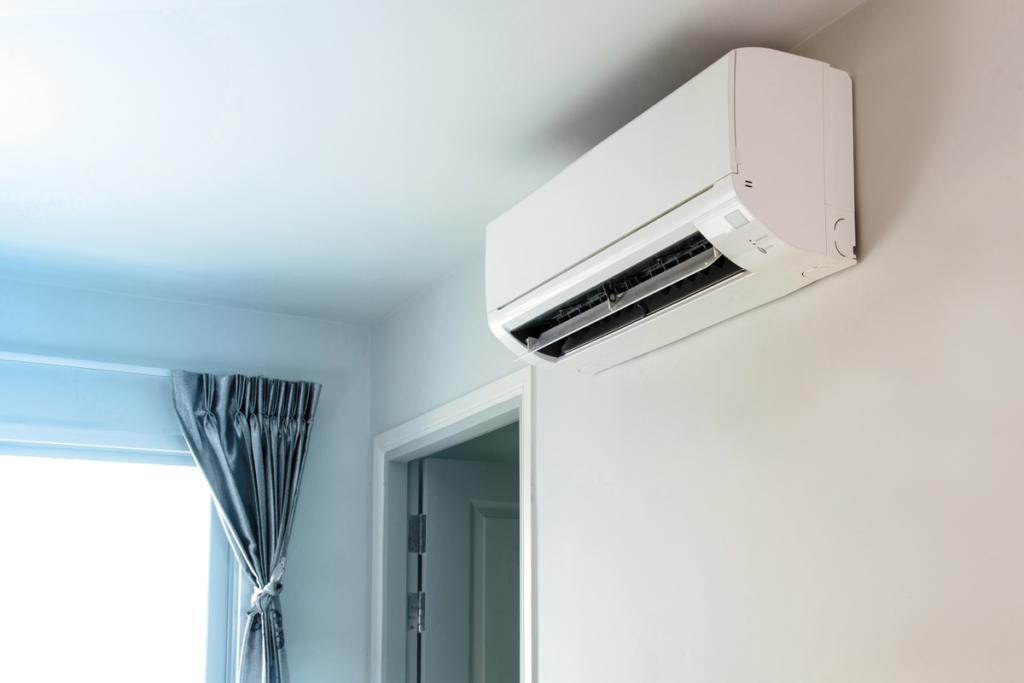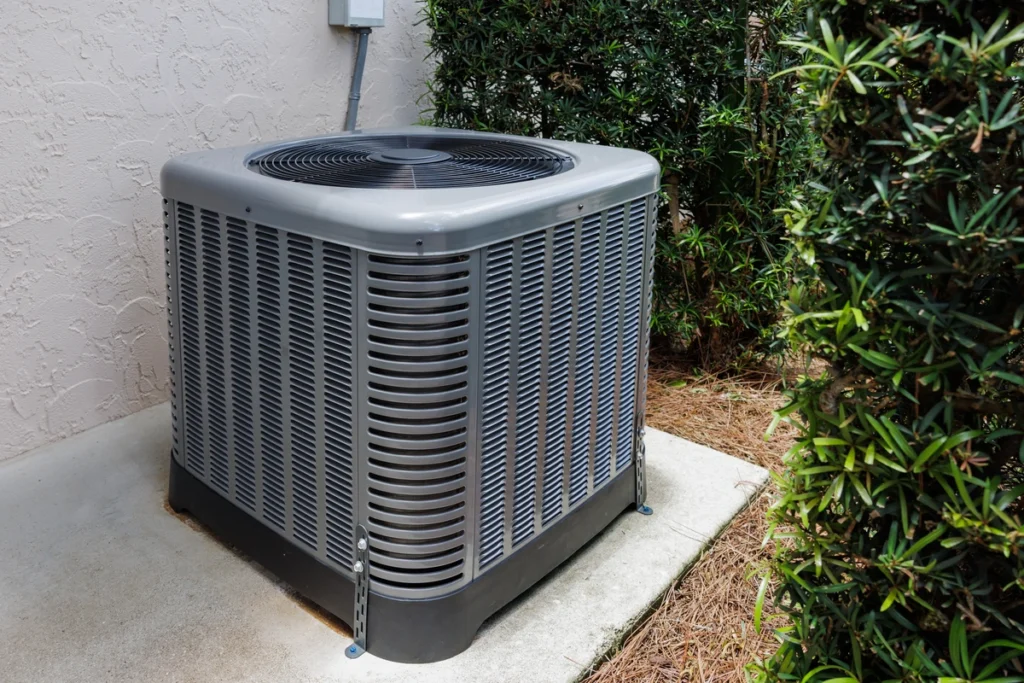As a homeowner, you have a lot of important decisions to make on a daily basis. Not only do you have to keep your house running, but you also have to:
- Maintain your home’s structural integrity.
- Manage financial obligations and budgets.
- Ensure the safety and comfort of your family.
In addition to these responsibilities, you also have to figure out which appliances to outfit your home with, including your AC unit.
Keeping your home comfortable year-round is crucial, but choosing the right appliances can be daunting. One of the most important decisions you’ll make as a homeowner is selecting the right size AC unit.
This guide will help answer the question, “What size AC unit do I need?”, keeping you cool while optimizing efficiency and cost.
AC Unit Size Options

When it comes to air conditioning units, sizes can vary significantly. Understanding the different options available will help you make an informed decision:
Window Units
These are ideal for cooling single rooms or small spaces. They range from 5,000 to 12,000 British Thermal Units (BTUs). The size and cooling power of window units make them a great option for smaller homes or those with limited space.
Portable Units
These units are similar to window units but are more flexible and can be moved from room to room. Their size also typically ranges from 8,000 to 14,000 BTUs. They are a good option for those who don’t want to install a permanent AC unit or for renters.
Split Systems
Split systems include both an indoor and outdoor unit. The sizes can vary from 18,000 to 60,000 BTUs, making them suitable for small to large homes. They provide efficient cooling and have a longer lifespan than window or portable units.
Central Air Conditioning
Central AC systems are designed to cool the entire house. They come in sizes ranging from 2 to 5 tons, which translates to 24,000 to 60,000 BTUs. They are the most expensive option but offer the most comprehensive cooling solution for larger homes.
Factors to Consider When Choosing AC Unit Size
Now that you know about the different AC unit size options, it’s important to understand what factors you should consider when making your decision:
- Climate: The first thing to consider is the climate in which you live. If you live in a hot and humid area, your AC unit will need to work harder and may require a larger size. If you live in a cooler climate, a smaller unit may suffice.
- Square footage: The size of your home plays a significant role in determining the size of your AC unit. The larger the home, the more cooling power you’ll need.
- Insulation and windows: The level of insulation in your home affects its temperature and efficiency. If your home is well-insulated, you may be able to opt for a smaller AC unit. Additionally, windows play a role in how cool or warm a room stays. If you have energy-efficient windows, this can also impact the size of AC unit you need.
Energy efficiency: Today’s AC units offer different energy efficiency levels, which can help save on utility costs. Higher efficiency units may cost more upfront, but they can save you money in the long run by using less energy to cool your home.
How to Find the Right Size for Your Home In 4 Steps

Choosing the correct air conditioner size is crucial for maintaining comfort and efficiency. An undersized unit won’t cool your home effectively, while an oversized unit will cycle on and off too frequently, wasting energy and wearing out faster.
1. Assess Your Home’s Square Footage
First, measure the square footage of the area you need to cool. Use a tape measure to determine the length and width of each room, then multiply these numbers to get the square footage. Add up the square footages of all the rooms you plan to cool.
If you have a large, open floor plan, you can divide the space into smaller sections and measure each separately.
2. Calculate the BTUs Required
The cooling capacity of AC units is measured in British Thermal Units (BTUs). A general rule of thumb is to use 20 BTUs per square foot. Multiply your home’s square footage by 20 to find the number of BTUs needed. For example, if your home is 1,000 square feet, you would need an air conditioner with a cooling capacity of 20,000 BTUs.
3. Consider Your Home’s Insulation
Insulation plays a significant role in your home’s cooling requirements. Well-insulated homes retain cool air better and require less BTU capacity. If your home has poor insulation or many windows, you may need to add 10-25% more BTUs to your calculation.
You can tell if your home is poorly insulated by checking for drafts or hot and cold spots throughout the house. A well-insulated home should have consistent temperatures throughout.
4. Factor in Additional Heat Sources
Appliances, lighting, and even occupants generate heat, increasing the load on your AC unit. Rooms that receive a lot of sunlight will also need more cooling power. Adjust your BTU estimate to account for these factors by adding around 600 BTUs for each additional heat source.
Some non-AC ways to reduce the amount of heat coming into your house include using blackout curtains, planting shade trees outside of windows, and turning off appliances that generate heat when not in use. This can help you keep costs down and reduce the wear and tear on your new AC unit.
Find the Perfect AC Now
Selecting the right size AC unit is essential for keeping your home cool and comfortable while maintaining energy efficiency. By assessing your home’s square footage, calculating the required BTUs, considering insulation, and factoring in additional heat sources, you can make an informed decision.
For personalized advice and professional installation, connect with Palmetto. Our experts are ready to help you choose and install the perfect air conditioner for your needs. Reach out today to learn more and get started on your way to a cooler, more comfortable home.
